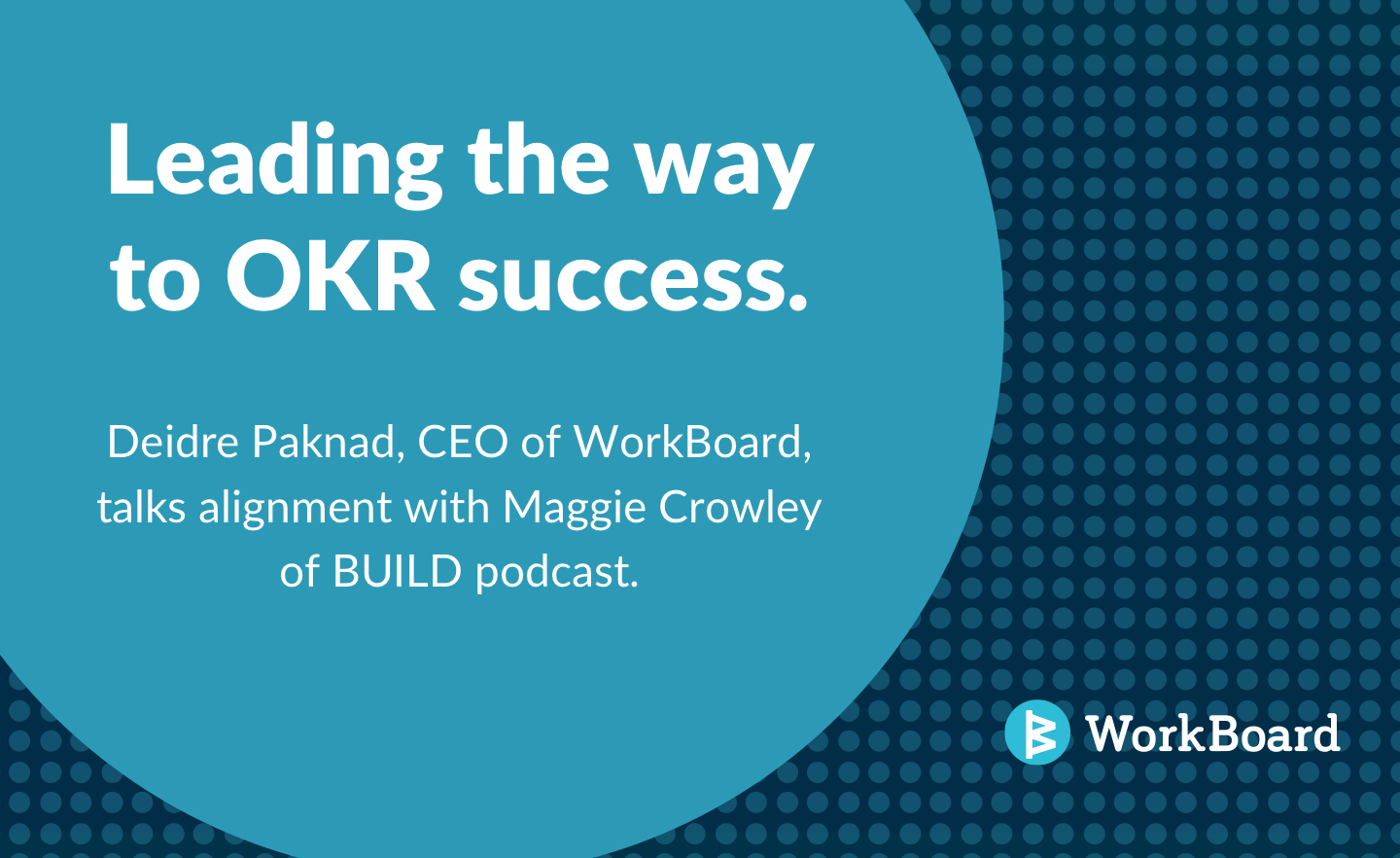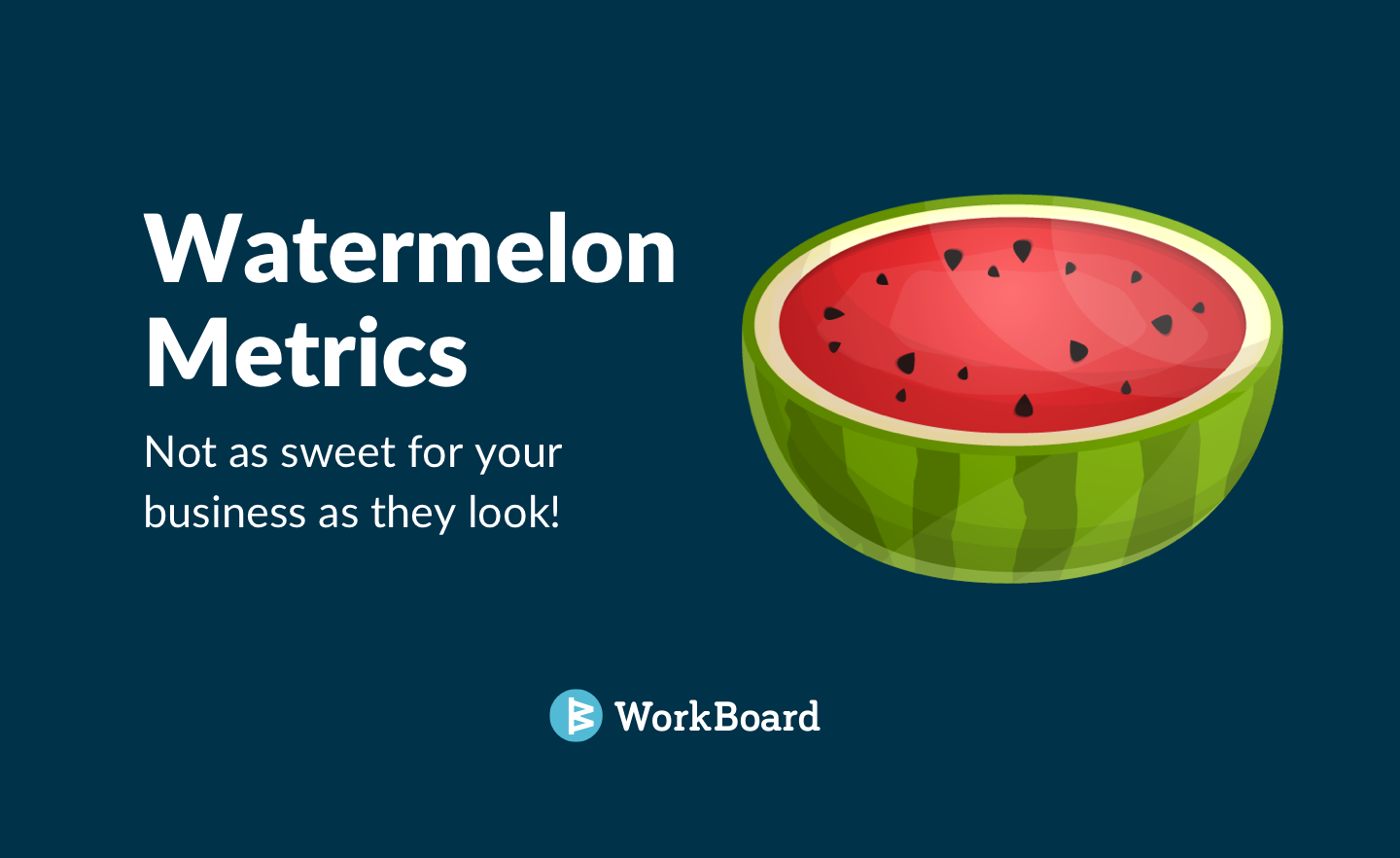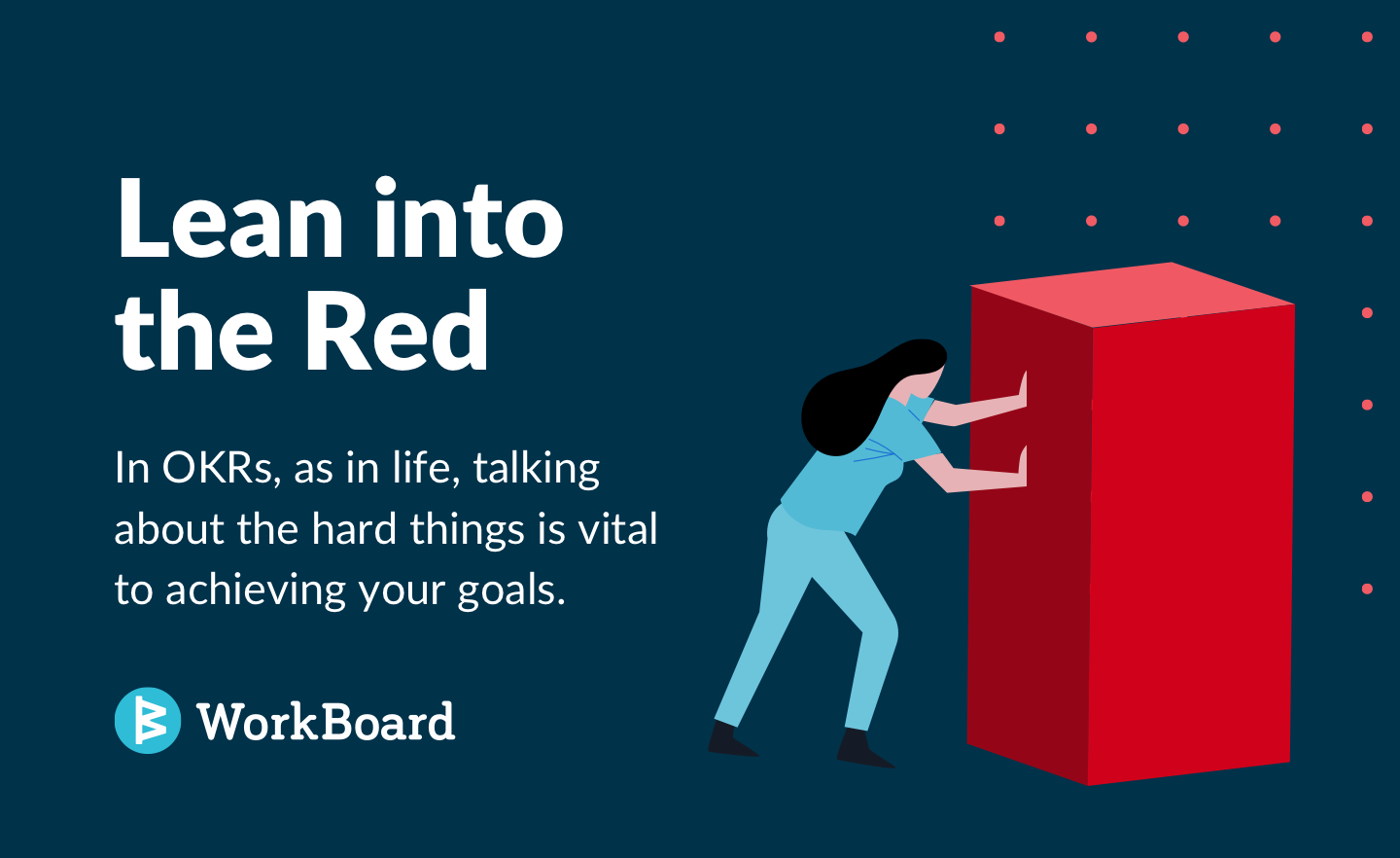
BAL is a global corporate immigration law firm, and this year is our 40th anniversary. We're all about powering human achievement, and we do that today primarily by moving talented people wherever they're needed. In recent years we've seen tremendous growth as a firm. That growth has occurred in a demanding and volatile market, with client needs shifting as immigration policy changes and talent demands fluctuate.
We've evolved to remain agile in an increasingly complex environment. We're making changes to the legal industry writ large, as well as global mobility and the global talent industry amid these disruptive forces. And our ability to operate [agile] is due directly to our adoption and use of OKRs and WorkBoard, which we started in early 2016.
Leading transformation
I've been at BAL for about four and a half years. We weren't always an agile organization in many ways — we were a typical law firm with hierarchical structures. We were focused on immediate client and partner demands. We were a smaller firm, and we thought we could accelerate speed, grow, and own the entire market through client experience, leveraging technology, and adopting and adapting innovation. I came in to develop and lead a transformation that would enhance the firm's digital capabilities.
This was a real foundational change — we were essentially setting out to build a digital product organization that's adjacent to or inside of a law firm, which can be difficult. The vision was to be the leading technology-enabled immigration firm, delivering products, data services, AI, and more. Fundamentally, we set out to become a rapidly and perpetually evolving organization that consistently adopted innovation. Immediately upon arrival, I modernized things in terms of how we operate, what we're delivering, how we're delivering it, and where we're trying to go.
I had a team that was used to an organizational design and infrastructure that needed to change — so we had to move responsibly. There wasn't much happening in terms of goals for this group at the time; it was the common model of entering goals in a system at the beginning of the year, checking in on progress in July, and then looking at whatever the results were at the end of the year.
As a new leader with a new team setting a new direction, we needed to get everybody involved in this transformation and provide a common language. We had to get everybody aligned on what's important to the organization at the topmost level and develop that shared purpose.
Laying direction out clearly
If you want people to go in a new direction, it's crucial to lay that direction out very clearly. Say it, say it again and say it in different ways. It's the leader's job to find the measures and then transfer ownership to these new outcomes and have a mechanism in place that can hold people accountable for those new outcomes.
I arrived in December, and January is when I started doing the working strategy. We adopted and deployed OKRs almost immediately and with scant ceremony — we just got to it. Of course, I met with the team from WorkBoard to talk through my strategy. They helped me clarify my strategy and get to what's most important in it — and then they helped clarify how to sequence rollout with the goal of not just getting it done, but building trust and momentum along the way.
I knew that trust would be vital to achieving full autonomy as a team in a few quarters or sooner, if possible. After all, people had just met me and had no relationship with me or reason to trust yet. So I had to put the message out there in a way that was abundantly clear, and to tell people it's okay to fail, it's okay to ask questions. Getting that going with a brand new organization is a massive challenge.
We rolled out the process and the technology by starting with an all-hands where I presented the strategy, the concept of OKRs, and why we needed to transform. I also made clear how people can fully own their work and be accountable, the psychological safety issues, how to communicate, how we're going to start meeting the cadence, the operating model, etc. You might think that providing clear strategic planning and then laying out the execution people should follow wouldn’t constitute a massively disruptive change for a business, but sometimes it does — especially for those organizations used to a fixed way of working.
Immediately following that presentation, I received a lot of great feedback from my teams: they were inspired, they were motivated; they were excited to see where we're going and how they fit. They were excited about the vision itself. And so we set sail.
Learning in the first quarter
During the first quarter, we learned a lot about how to select targets, how to use meetings, how to share information. And we saw some mixed adoption, which can correlate to people who are hesitant to change and who feel like the risk of transparency might be higher than the reward. We really didn't have that much of an issue with laggards or with people who were kind of caught up in the roadways.
The first quarter is where the learning begins. And that was true for us. The immediate drumbeat of focusing on the right things — the most important things in every meeting and in our daily activities — brought immediate, noticeable benefits to the extent that I heard about it from other teams. The habit of every meeting being centered on the OKRs and the things that teams set out to do, rather than just catching up or whatever's hot that week, was a big change for us. We were mostly running strong except for a few scattered teams that were still struggling along and adopting more slowly.
Achieving in the first 18 months
By Q3, we were under full steam. We were already executing some of the most ambitious objectives for that year. And we concluded some of them the following year. So, in the first 18 months, we were standing up a security organization and earning ISO 27001. We went from not having any of that to building a product organization, writing what is now an award-winning software that drives immigration programs. That quantity and pace of transformation is a testament to how the process supported with the right technology can work.
Failure was key for us — we definitely embraced the red. As a leader new to the organization, you want early, non-catastrophic failures so you can demonstrate first and foremost a trust and relationship, that everything is okay, and you have your team's back. That’s how you grow.
During that transformational period from 2016 to 2019, we were running strong. We were on our new platform, expanding into new markets with new office openings all around the country. We were winning awards on the tech front. We were named immigration firm of the year by US News and World Report. We doubled in size. We entered into a global alliance with Deloitte, and, through that alliance, we expanded our capabilities and they adopted our new platform as the technology that powers our alliance today, which was a whole new transformational experience for us.
And, over the last two months, we won the CIO 100 Award for Innovative Use of Intelligent Automation in Immigration Services as well as becoming the first-ever law firm to win a CODiE award. We definitely won these awards because of the process and the technology we're using — a major testament to how WorkBoard and OKRs can work for an organization of our size.
Continue to Part 2!









